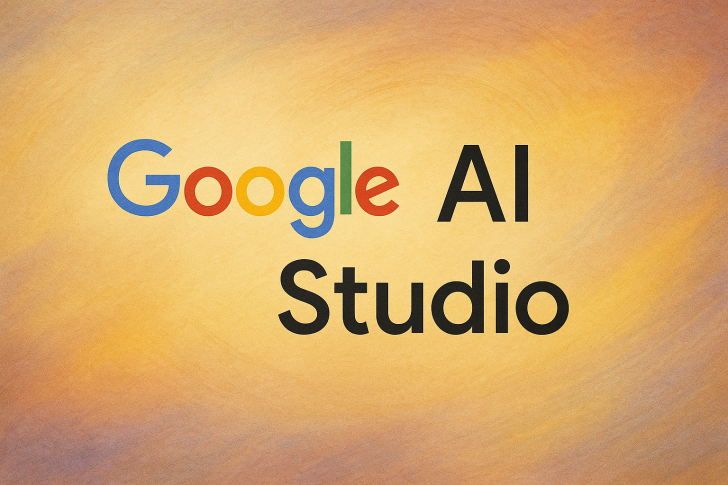Google has rolled out Annotate Mode in its AI Studio platform, changing how developers interact with code. Instead of typing instructions, developers can now draw, circle, or write notes directly on their interface, and Gemini will implement those visual cues in real time. This shift toward visual programming feels less like traditional coding and more like collaborative design.
From Visual Markup to Working Code
Logan Kilpatrick, a developer advocate at Google, shared the news on social media, explaining that users can mark up any interface with simple drawing tools and watch Gemini action those changes in code.
Want a button bigger? Circle it and add a note. Need an animation? Sketch it out. The AI interprets these visual instructions and modifies the code accordingly, eliminating text-based prompts entirely. Visual thinkers no longer need to translate their ideas into precise technical language—they can simply show what they mean.
Beyond Code Generation
What sets this apart is Gemini's multimodal reasoning. The model understands visual layouts, design elements, and spatial relationships alongside technical requirements, making it feel more like a creative partner than a simple automation tool.
Early testers find Annotate Mode valuable for UI debugging, layout adjustments, and rapid prototyping. It also opens doors for non-technical team members who can now communicate changes without understanding code syntax, creating a more fluid, inclusive development process.
A New Direction for AI-Assisted Development
Google's integration of Gemini into AI Studio reflects a broader trend: coding is becoming more visual and collaborative. By blending human creativity with AI precision, the company positions itself at the forefront of this evolution. Annotate Mode suggests a future where programming feels less like writing instructions and more like having a conversation through sketches and gestures, shrinking the barrier between thinking about code and writing it.
 Saad Ullah
Saad Ullah

 Saad Ullah
Saad Ullah


